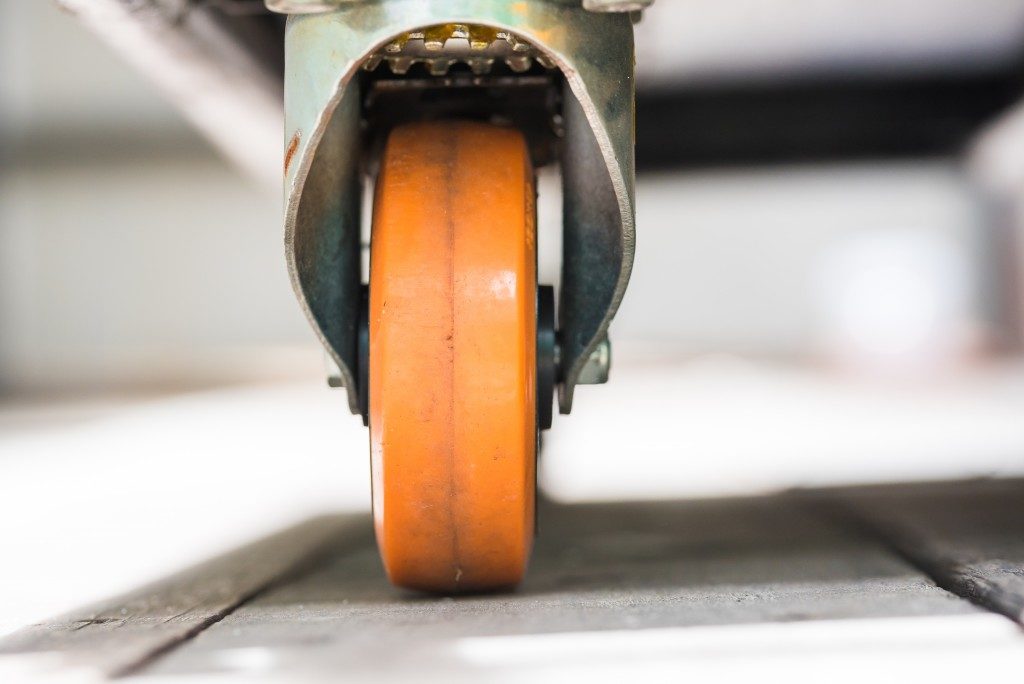Mobile shelving is a primary option for warehouse operations that require constant moving to change position. Unlike conveyor moving, you will need to move complete racking systems in mobile shelving solutions. Since most warehouse items are bulky, you will require installing industrial-grade moving mechanisms on the racking systems. Caster wheels and other moving mechanisms are more expensive than conventional ones, but they will offer you an extended service life. That is not to mention that they also meet high standards for warehouse safety. Hence, they will not crack or deform even when moving heavy loads. Still, industrial-grade caster wheels vary widely depending on the application in which you want to use them. Therefore, whenever you are specifying caster wheels, renowned fabricators of racking systems in the Philippines recommend that you note the following:
Attachment type and wheel style
Caster wheel attachments will determine how easy and quick it will be to attach caster wheels to the racking system. You also want an attachment type that will provide quick access when performing caster wheel maintenance. Some of the caster wheel attachment types that most racking solution providers recommend are the plated, stem, and threaded attachments.
The wheel style will also play a significant role in facilitating the efficient moving of the racking system. The most common of these are the rigid and swivel caster wheel styles. However, you can request your racking system fabricator to design for you one with a combination of these two styles.
Caster wheel material and diameter

The best industrial-grade caster wheels are made of neoprene, nylon, rubber, or polyurethane. These materials are slip- and rust-resistant. Therefore, they will be able to serve you for long. Also, consider the caster wheels’ diameter. Caster wheels with large diameters are easier to roll than those with smaller ones.
Moving mechanisms
Industrial-grade caster wheel can come in diverse mechanisms for moving and adjusting the height. Typically, these mechanisms fall under four categories namely hydraulic, pneumatic, electric, and manual mechanisms. Hydraulic and pneumatic mechanisms are among the most efficient as they do not require electrical input to operate. Hydraulic mechanisms in caster wheels use hydraulic fluids, while it is compressed air that powers the pneumatic operated caster wheels. Electric-powered caster wheels are a rare find as most warehouses avoid having cabled mechanisms to reduce tripping accidents. On the other hand, manually-driven caster wheels are labor-intensive. Therefore, they also do not attract everyday use.
Your choice of caster wheels will determine how well your mobile shelving units will serve their intended purpose. The basic check here is to ensure that the caster wheels or the moving mechanisms that you are ordering are of an industrial grade. It is only from that inference that you can narrow down your options for the one that will meet your unique needs for mobile warehouse shelving. Factors such as the diameter, style, and type of attachment of caster wheels are worth considering. Additionally, confirm that the material of the caster wheels is sturdy enough to use in warehouse applications.




